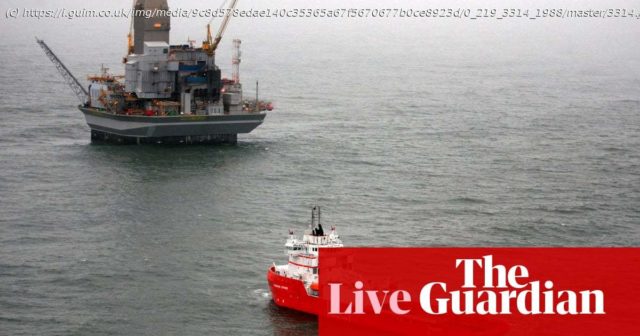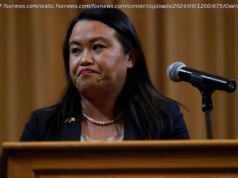Array
The G7 and Australia have agreed to cap the price paid for Russian seaborne crude oil at $60 a barrel, hours after EU members overcame internal resistance to reach the same decision earlier in the day.
The EU agreed the price after holdout Poland gave its support, paving the way for formal approval over the weekend.
In a statement, the Group of Seven leading economies and Australia said the price cap would take effect on 5 December or very soon after.
The price cap aims to reduce Russia’s income from selling oil, while preventing a spike in global oil prices after an EU embargo on Russian crude oil takes effect on 5 December.
Poland had pushed in EU negotiations for the cap to be as low as possible in order to squeeze Russian revenues and limit Moscow’s ability to finance its war in Ukraine.
The final deal includes a mechanism to keep the oil price cap at least 5% below the market rate.
US officials said the deal was unprecedented and demonstrated the resolve of the coalition opposing Russia’s war.
The European Commission president, Ursula von der Leyen, said the price cap would significantly reduce Russia’s revenues.
Here’s a bit more detail about the oil price cap instituted by the G7 and its allies.
The EU had already agreed on an embargo of seaborne crude oil from Russia in a package of sanctions announced earlier this year.
The G7 and Australia agreement will allow non-EU countries to continue importing seaborne Russian crude oil using western insurance and maritime services as long as they do not pay more a barrel than the agreed limit.
Because the most important shipping and insurance firms are based in G7 countries, the price cap would make it very difficult for Moscow to sell its oil for a higher price.
Home
United States
USA — Financial Russia-Ukraine war live: Russian oil output estimated to fall as G7 commits...






